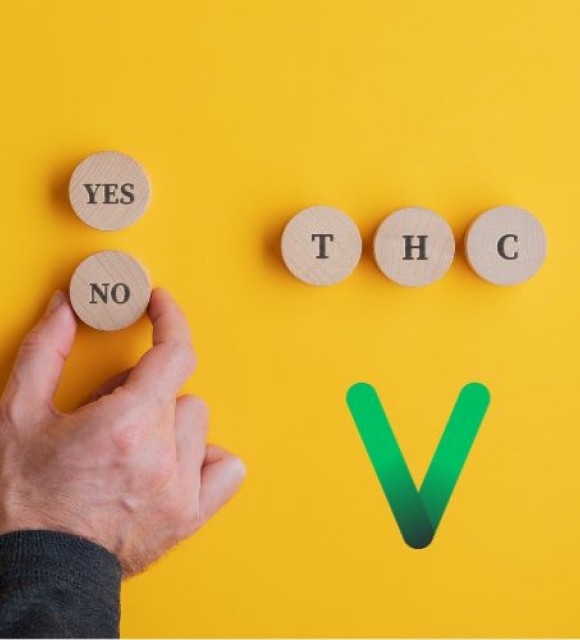The history of cannabis dates back to around 5000 BC, and the very first uses of this plant for therapeutic applications were recorded on the Central Asian side, notably in China and India. Despite this history stretching back thousands of years, it was only in the 1920s that the scientific community really began to decipher the complex biochemical puzzle of the hemp plant and its hundred or so cannabinoids. Even better: in 2019, researchers were able to identify "new" molecules contained in the Cannabis L. Sativa and Cannabis Indica varieties, including the famous THCV, or tetrahydrocannabivarin.
We're talking here about a distant cousin of THC, the famous psychotropic molecule responsible for the 'high' and addictive potential of recreational cannabis. In fact, THCV was identified as early as the 1970s, but it wasn't until advances in cultivation and extraction techniques were made that it could be isolated, incorporated into scientific research into cannabinoids and also (and above all) offered for over-the-counter sale commercially by suppliers we'd describe as... reckless!
Today, the Famous CBD team lifts the veil on one of the most mysterious cannabinoids and tells you more about its structure, its great therapeutic potential and our position on the over-the-counter sale of this molecule. Here we go!



